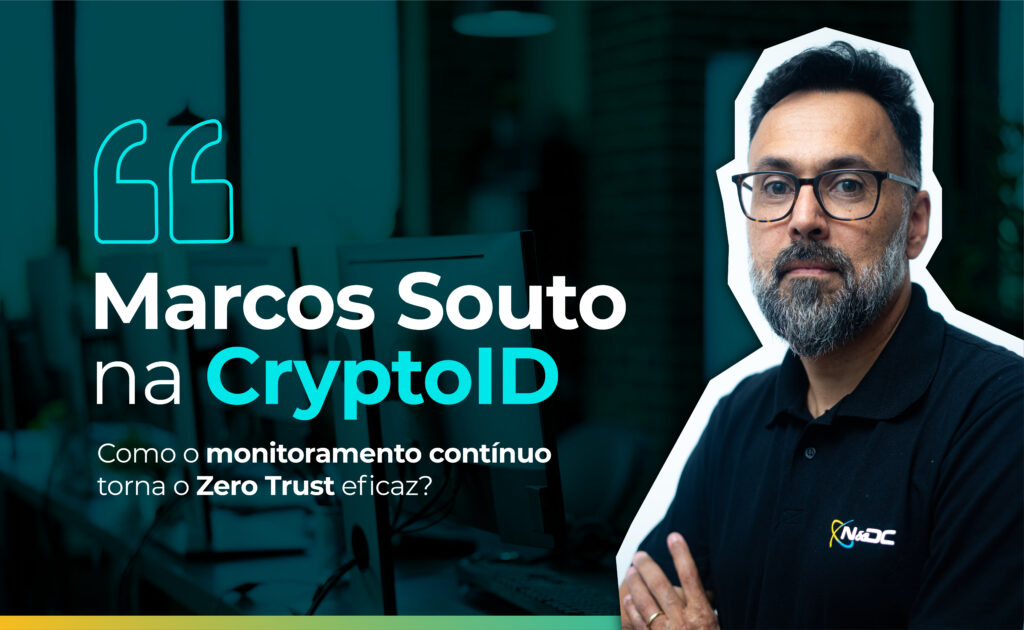By Marcos Souto
Healthcare is a sector where every second counts. In the hospital environment, the reliance on critical applications grows exponentially, not only to streamline processes but to save lives.
However, this technological advancement faces a significant obstacle: the lack of visibility and proper monitoring of these applications, which can put the entire operation at risk.
Recently, a case involving a hospital with 53 applications highlighted this issue. Five of these applications required full-time monitoring due to their strategic importance.
Without a robust observability solution, the hospital was operating in the dark, unable to identify failures before they impacted patients, staff, and outcomes.
The Challenge of Observability in the Healthcare Sector
The lack of effective monitoring prevents a proactive response to issues, restricting the IT team to acting only when damage is already noticeable. Additionally, without clear insights into application performance, it becomes difficult to identify bottlenecks or anticipate failures.
In the healthcare sector, where applications such as electronic medical record systems, patient monitoring platforms, and hospital management solutions are essential, failures can have serious consequences. They may compromise patient safety and lead to significant financial impacts.
The Solution: Real-Time Observability
To tackle this challenge, the hospital implemented an advanced monitoring solution that provided full visibility into critical applications, enabling real-time anomaly detection and proactive intervention before issues could arise.
This approach ensured operational continuity, enhanced patient safety, and improved efficiency in responding to the demands of the hospital environment.
The implementation of advanced monitoring technologies transforms hospital operations. Observability goes beyond tracking application status; it ensures operational resilience and allows healthcare professionals to focus on patient care.
However, this modernization requires more than financial resources. It demands a strategic commitment to empower teams, modernize infrastructure, and adopt a data-driven mindset.
Future Pathways
As the healthcare sector becomes increasingly reliant on technology, investing in robust observability tools is no longer a luxury but a necessity. The lack of visibility is no longer acceptable given the risks it presents.
This is an invitation for healthcare managers and leaders to ask themselves: Are we prepared to ensure the continuity and security of our critical operations?
With well-structured strategies and the use of modern technologies, the answer can be a resounding yes. Monitoring and acting proactively are the keys to an efficient, secure, and sustainable healthcare system.
Marcos Souto, Director of Cloud Solutions and Observability at N&DC.



